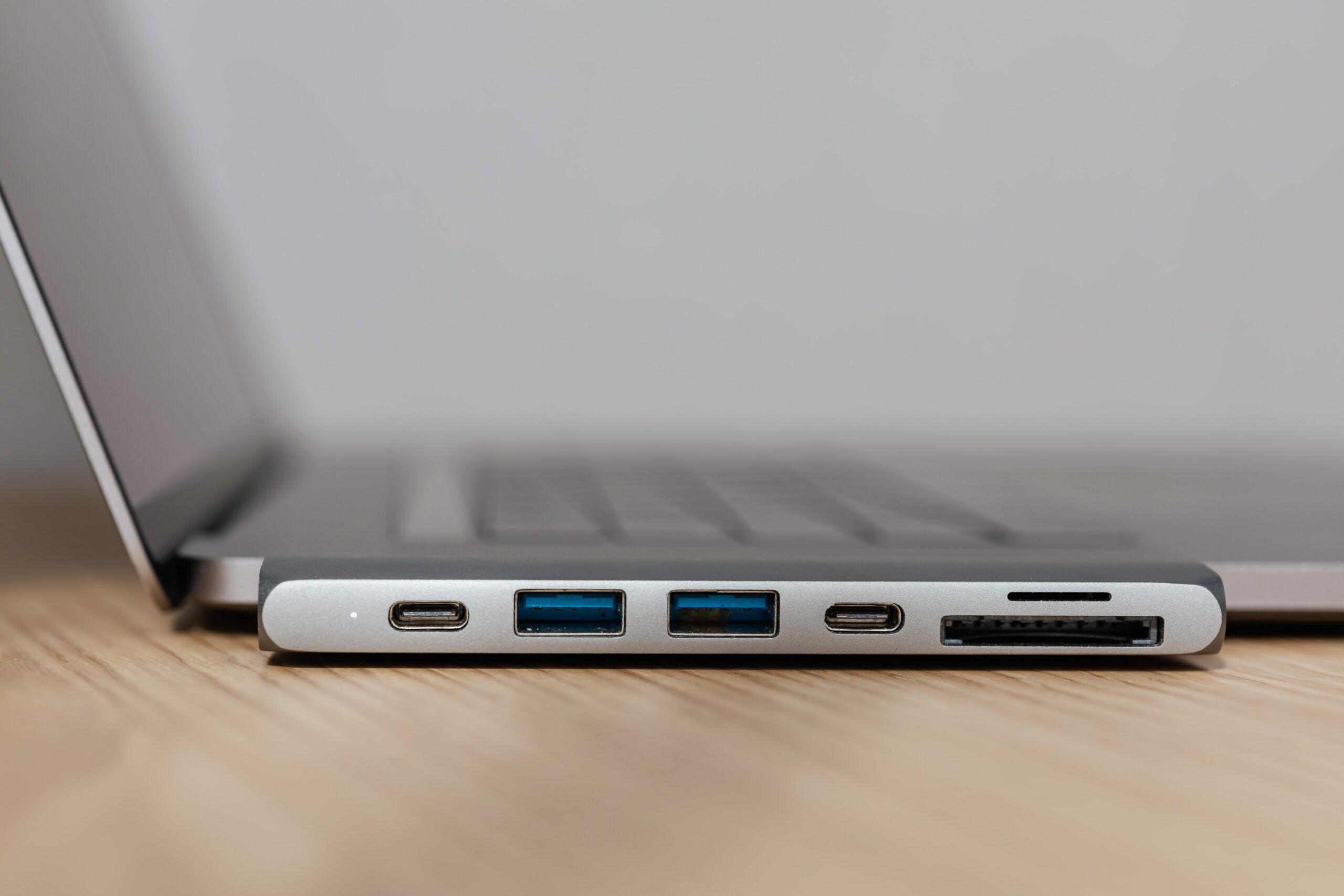

The Different Types of USB Cables
What are the Different Types of USB Cables?
A universal serial bus or as most know it “USB”, is a plug-and-play connection cable for electronic devices. Since its invention in 1996, the USB has come a long way. Once used primarily for computers, it has now become an essential method for connecting numerous devices like printers, keyboards, flash drives, televisions, digital cameras, gamepads, the list goes on and on. What are the different types of USB cables?
While you’ve probably heard of (or even used) this handy little cable at some point, you might not realize that there are actually various types of USB connectors in existence.
This article will help you distinguish between these different types of USB cable: USB A-C connectors and identify their uses for certain generations.
USB A-C Connectors
You will notice that each description uses the terms “plug” and “receptacle.” These terms are interchangeable with the male connector (plug) and the female connector (receptacle).
- USB Type A: Also known as the USB Standard-A, this is the original type of USB and the most used cable today. It features rectangular plugs and receptacles. If you look at a USB cable plugged into your computer, television, or phone charger, you will likely see USB type A.
- USB Type B: Also known as USB Standard-B, this cable has square-shaped plugs and receptacles featuring an extra notch on top. It is the least popular of the three connectors because it is a specialized technology that is more commonly used for printers and scanners.
- USB Type C: Commonly referred to as the USB-C, this type of USB features plugs and receptacles that are rectangular with four rounded corners. This is the latest USB version and solves the common problem of “which side goes up” when inserting the plug into a system. The USB type C allows for connection no matter which way you plug it in. Moreover, this version transfers data at much faster rates, charges devices more quickly, and provides varying modes of compatibility
USB 2.0 vs 3.0
Each type of USB cable (A-C) will have associated generational connectors. While there is a USB 1.0 in existence, it was the first generation and is quite slow compared to 2.0 and 3.0; however, the latter generations were built upon the 1.0 and 1.1 technology.
USB 2.0 was first created in 2000 with a transfer rate of 480 Mbps. However, the 3.0 blows this rate out of the park, clocking in at a whopping 4,800 Mbps. That’s almost 5GB and is ideal for large data transfers.
Moreover, 3.0 ports offer backward compatibility meaning they work with other versions like 2.0, but doing so will affect your transfer rate.
If you need to quickly identify if you have a 2.0 or 3.0 cable, note the color of the inside block. 2.0 is black while 3.0 is blue.
Have Additional Questions?
Having the right tool for the job is as important for your electronic devices as it is with anything else. USB cables have come a long way over the past couple of decades, and there are a lot of older cables floating around out there.
Make sure you’re getting the most out of your equipment by having the right cable for your devices. Feel free to reach out to a trusted Chicago managed IT services provider like LeadingIT for any USB-related questions. We can’t wait to hear from you.


